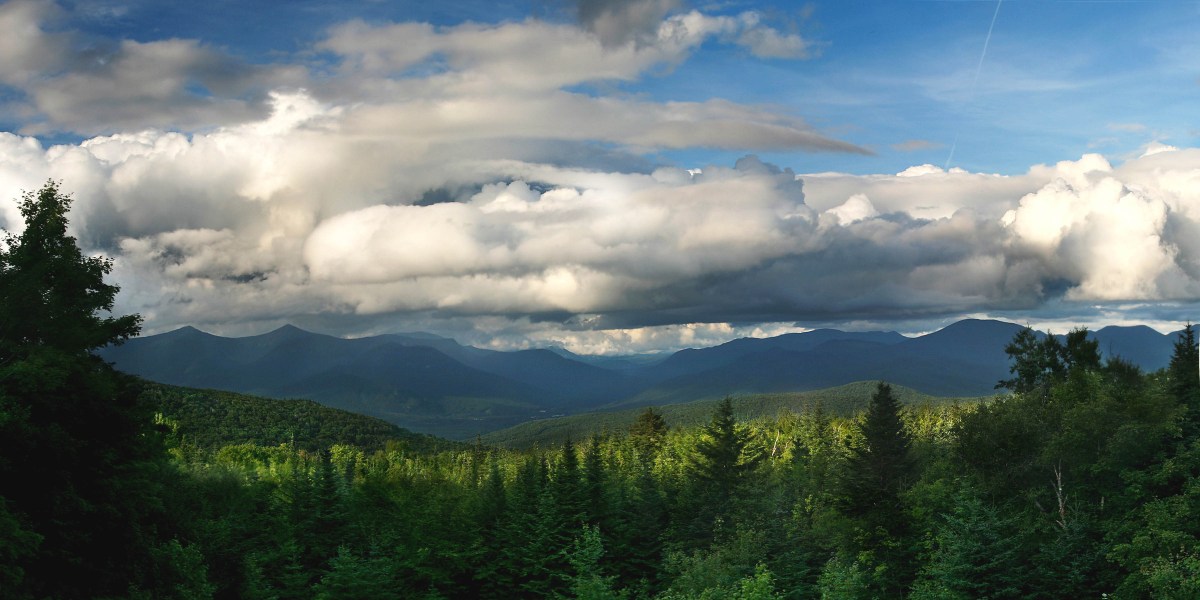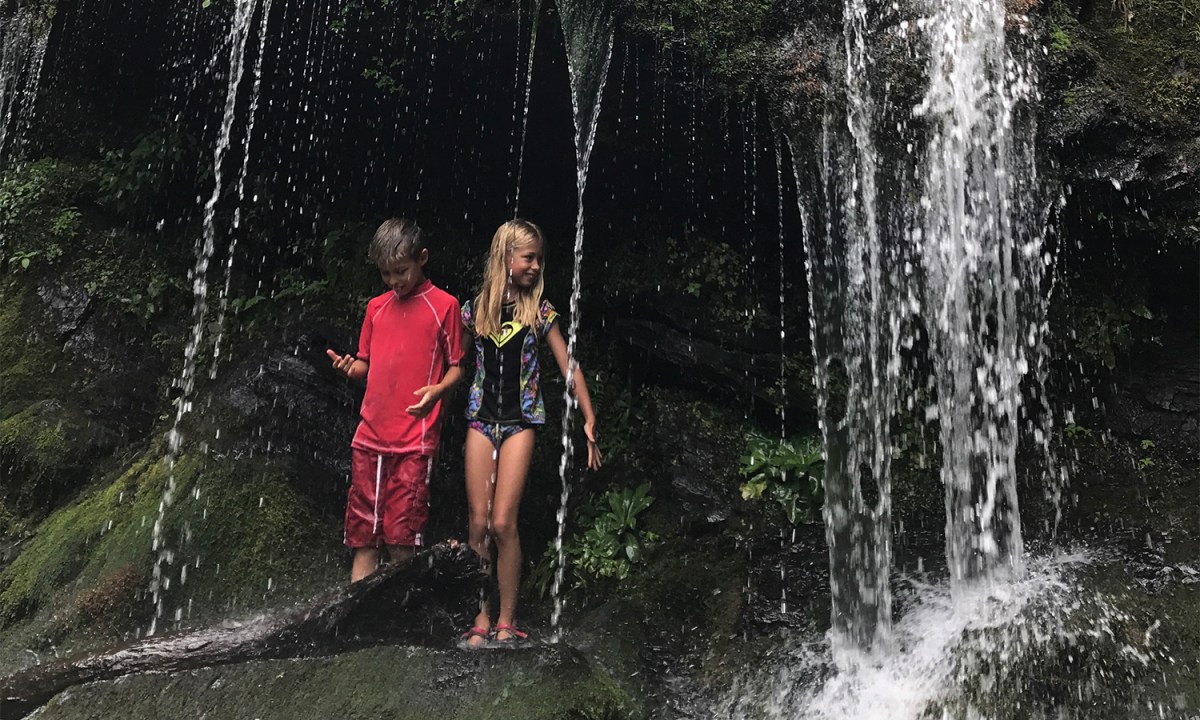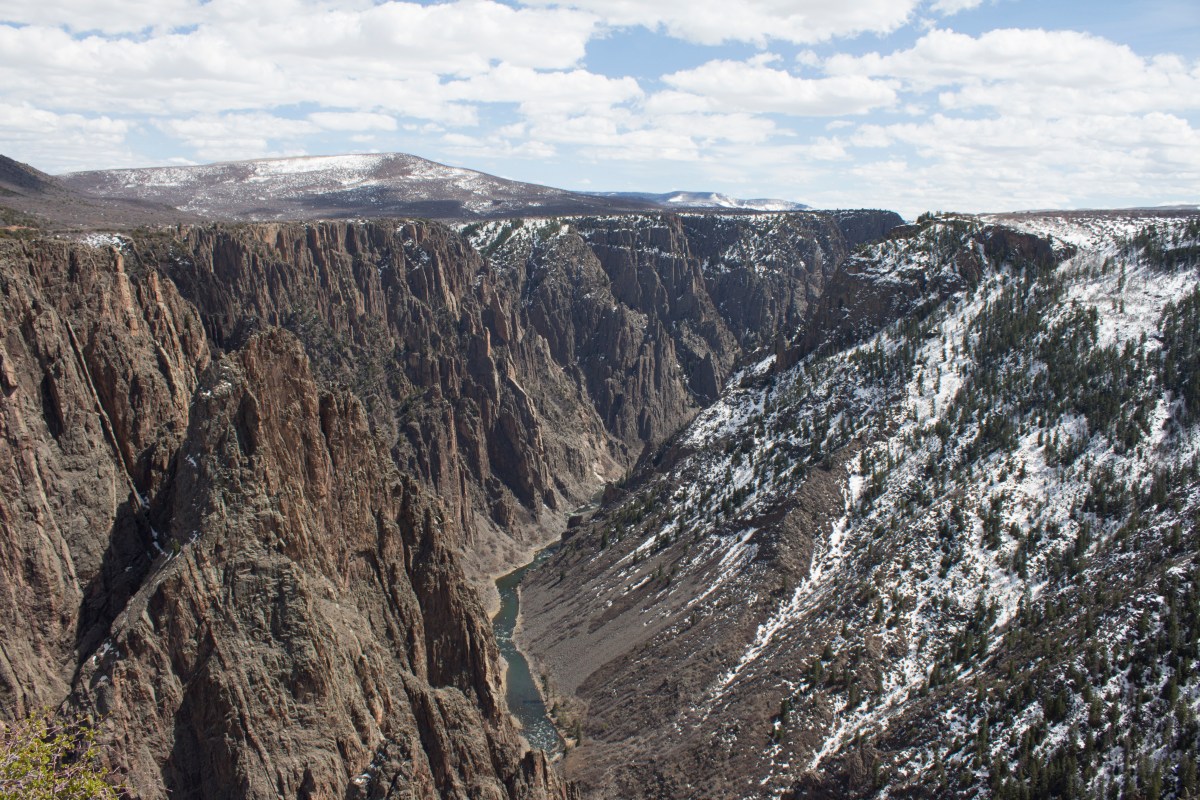At the end of September, a bipartisan program that has helped conserve our public lands for the past five decades will expire, unless Congress takes action. That program, the Land and Water Conservation Fund (LWCF), was established in 1964 when Congress agreed that a portion of earnings from offshore energy development should be reinvested in public lands.
The LWCF has been one of our nation’s most successful conservation and recreation programs for the last half-century, according to Marc Berejka, director of government and community affairs for REI. Here’s how it works:
- Offshore oil and gas leases generate billions of dollars in annual revenue for the federal government.
- The LWCF takes a portion of that and allots up to $900 million to be used to conserve public lands and create opportunities for recreation.
- Up to half of the available funds go toward protecting state and local lands; the rest goes toward protecting national parks, forests, wildlife refuges and more.
To date, the LWCF has funded public lands and recreation opportunities in every state and almost every county in the United States. It has provided access for people to play outside at their local ball fields and playgrounds, visit our national parks, and immerse themselves in our country’s historic and cultural sites.
“One of the genius things about the program is it doesn’t draw down tax money,” Berejka said. “It derives its proceeds from the leasing of access to federal waters for drilling purposes so that as extraction occurs, some of the proceeds go to protecting other public lands and waters.”
That’s the good news. The bad news comes in two parts. The first, and most important, is that the LWCF is up for reauthorization and expires on September 30. If Congress does not act, the fund will no longer exist. The second is that Congress usually diverts up to two-thirds of the $900 million to other purposes. That’s millions of dollars funneled away from public lands that would benefit from financial help.
In the run-up to September 30, organizations and people are asking Congress to permanently reauthorize the program and fully fund it—ensuring that all $900 million goes directly toward the public lands it is supposed to serve in perpetuity.
This map shows nearly every state and national LWCF project. View larger map. (Map courtesy of The Wilderness Society. View map data sources.)
You can help. “Telling congressional champions that we’re behind them and we’re counting on them to get this done is the best message you can give your Congress member,” said Amy Lindholm, LWCF coalition manager at the Appalachian Mountain Club. “They all need to know this is a priority for folks at home and they can’t let LWCF expire on their watch.”
Write to your member of Congress today and let them know what the LWCF means to you. We’re making it easy to do. Click the link below to submit a comment.
Did you know? Public lands near you get funded by the LWCF. Here’s a look at four notable recipients:
White Mountain National Forest
New Hampshire

Photo Courtesy: LWCF Coalition
One hundred years ago the White Mountain National Forest (WMNF) was established in eastern New Hampshire and western Maine. The beautiful hardwood forest and alpine peaks brim with wildlife like moose, white-tailed deer and nearly 200 species of birds. The LWCF has been monumental in the protection and care of the forest, with $34 million invested to date, according to Lindholm. In the ’80s and ’90s, rapid land sales and development took place, threatening closure of trails in the forest on private lands. Since then, $9 million has been invested from the LWCF. Those funds have allowed the purchase of more than 13,000 acres which protect trails like Sylvan Way, climbing spots like Cathedral Ledge and critical views like the one from Mount Washington Lodge.
“It’s a beautiful place and a recreation destination! With 1,200 miles of hiking trails (including 160 miles of the Appalachian Trail), 23 family-friendly developed campgrounds and 400 miles of snowmobile trails, we are a four-season national forest,” said Colleen Mainville, public affairs specialist for the WMNF. “Scenic driving is one of the most popular activities throughout the year, and the Kancamagus Scenic Byway is especially popular during the fall. People from all over the world plan a once in a lifetime trip to view the spectacular fall colors during foliage season while others make it an annual tradition.”
Catawba Falls
Pisgah National Forest, North Carolina

Photo Courtesy: Graham Averill
Although it was once inaccessible to the public, today Catawba Falls is a popular destination for climbing and hiking in North Carolina. Around a 20-minute drive from Asheville, visitors often express awe over the multiple tiers, soaking pools and verdant greenery of the falls. Some even search topographic maps of the national forest to find waterfalls that aren’t blazed yet. In 2010, funds from the LWCF provided access to the falls and a network of trails plus a parking area, Lindholm says. This not only allowed hikers and climbers recreation access but also improved access for local emergency medical services, as the area was once only reachable by helicopter.
“Spilling from the flanks of Mount Mitchell, the highest peak east of the Mississippi River, Catawba Falls is a stunning example of what draws so many visitors to the Pisgah National Forest,” said Greg Peters, communications director for the National Forest Foundation. “This sprawling, wild landscape is one of the most popular outdoor destinations in the Southeast and one glimpse of Catawba Falls illustrates why.”
Black Canyon of the Gunnison National Park
Colorado

Photo Courtesy: LWCF Coalition
Home to some of the oldest rock and the narrowest and steepest canyon in North America, Black Canyon of the Gunnison allows visitors to hike, camp, picnic, climb, paddle and view wildlife. Money from the LWCF allowed the National Park Service to purchase a 2,494-acre property, the Sandburg Ranch, on the park’s south rim, protecting the park boundary and providing more access for recreation. Now, according to Lindholm, there is the potential for more family-friendly hiking near the visitor center and access to the Gunnison River. The fund also provides the possibility of a source of water to the south rim, reducing the cost of hauling water to meet current needs.
“One of the most interesting things about the park is that it’s one of 18 national park system units that is designated as an International Dark Sky Park,” said Christina Hazard, the associate director of government affairs for the National Parks Conservation Association. “So, after a long day of hiking, kayaking or whatever your chosen activity is, you can lie down by your tent, look up at the sky and see more stars than you ever thought existed. This is a big change for folks who spend a lot of time in the city or the suburbs where we have a lot of light pollution. … To be able to experience something like this that’s a little out of the ordinary—especially in our busy lives—I think, makes this park so unique.”
Pacific Crest Trail
California, Oregon and Washington

Photo Courtesy: LWCF Coalition
The Pacific Crest Trail (PCT) attracts hikers, backpackers, trail runners and horseback riders from around the world and runs through some of Washington, Oregon and California’s most awe-inspiring landscapes. Over the last 17 years, according to Lindholm, approximately $36 million from the LWCF has been used to acquire and permanently protect more than 23,000 acres along the PCT. One section of the trail that stands to benefit from the LWCF is within the Shasta-Trinity National Forest. Currently, a narrow PCT trail easement through the Michigan-California Timber Company’s Trinity Divide is all that exists for public use, leaving off-trail backpacking and other recreation off-limits. LWCF funding could secure 30 miles of the trail and allow access into the Trinity Alps Wilderness, and east into the Trinity Divide and Mount Eddy. But without permanent protection, private property on and near the PCT could be developed, changing the trail forever.
“Ten percent of the Pacific Crest Trail still lacks permanent protection, meaning that it is on private land. Hundreds of properties along the trail are vulnerable to development pressure,” said Megan Wargo, land protection director of the Pacific Crest Trail Association (PCTA). “Without the Land and Water Conservation Fund, the PCTA will not be able to keep pace in our ongoing and long-term effort to completely protect the trail and the experience it provides.”
It’s critical that you write to your member of Congress today to protect the LWCF.


